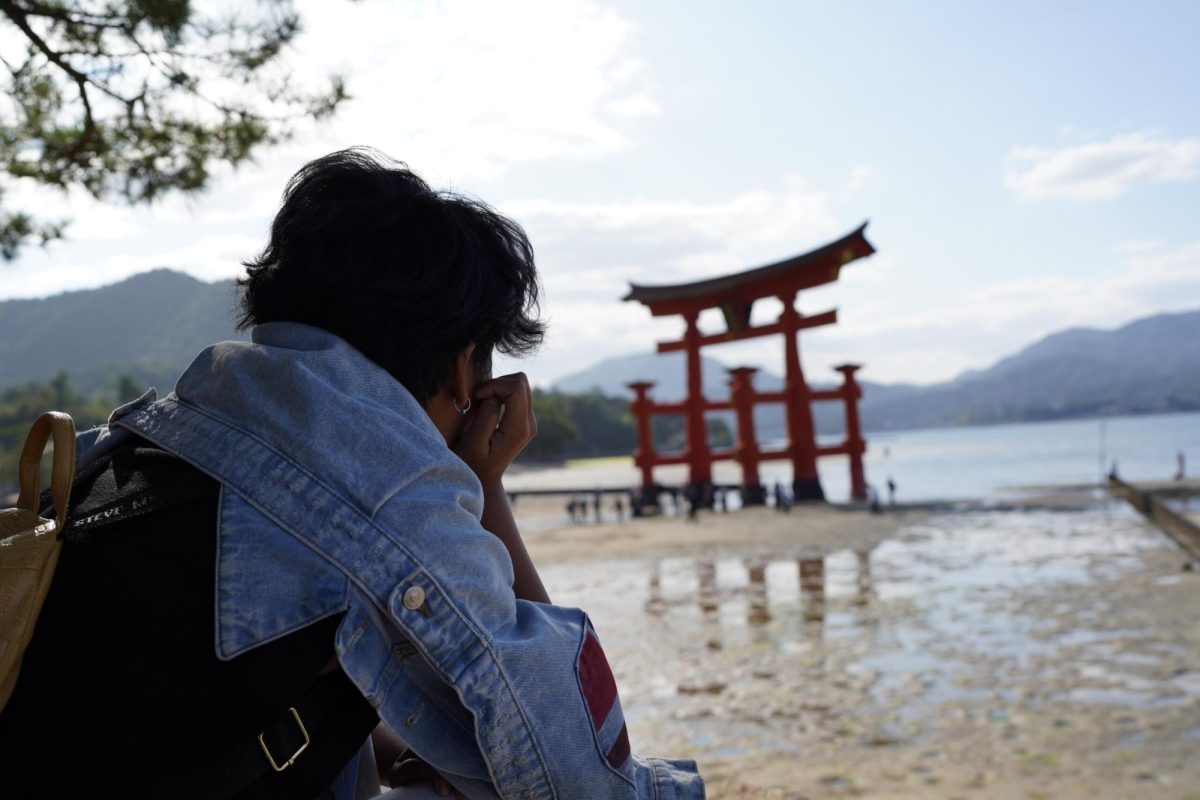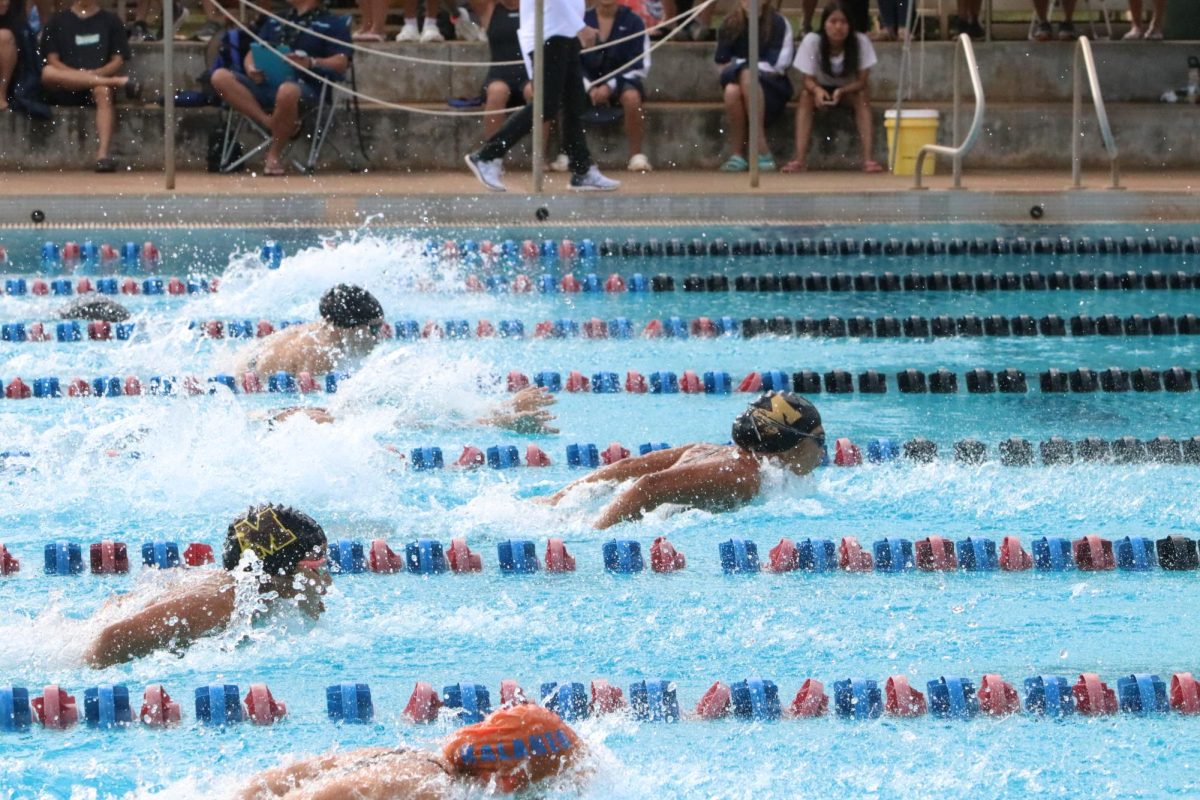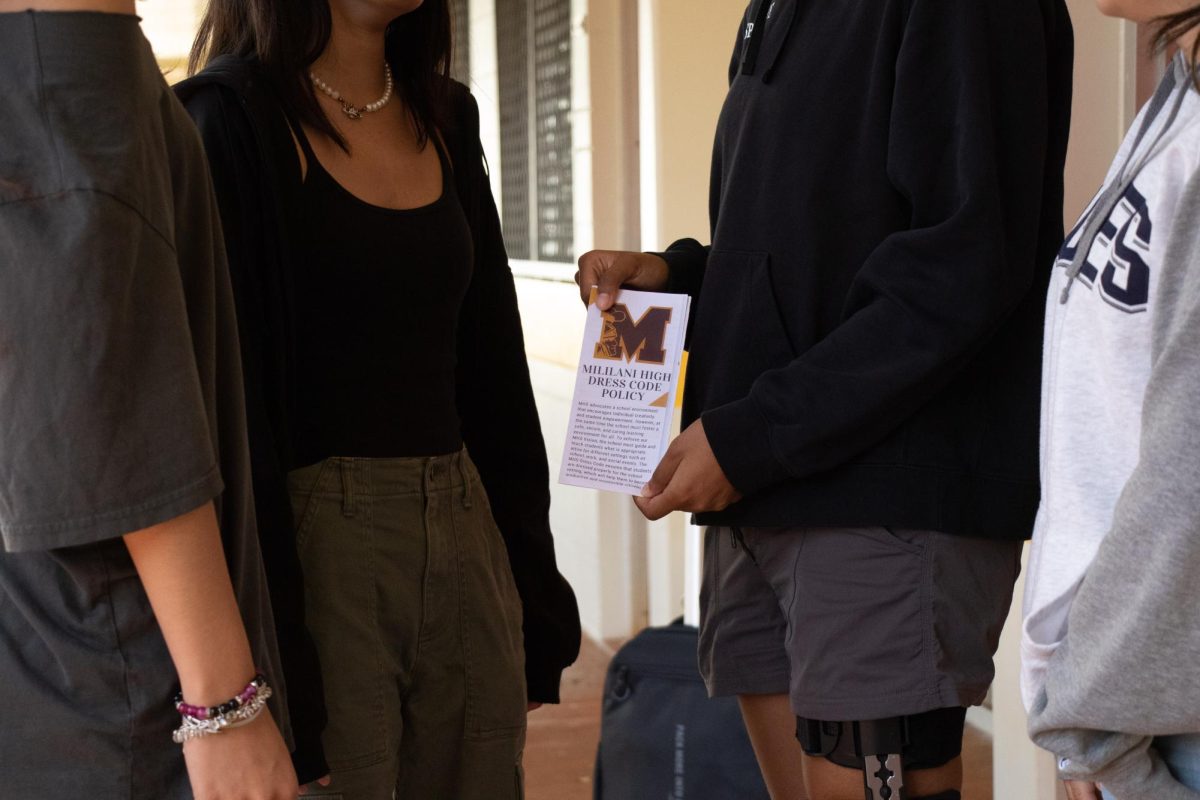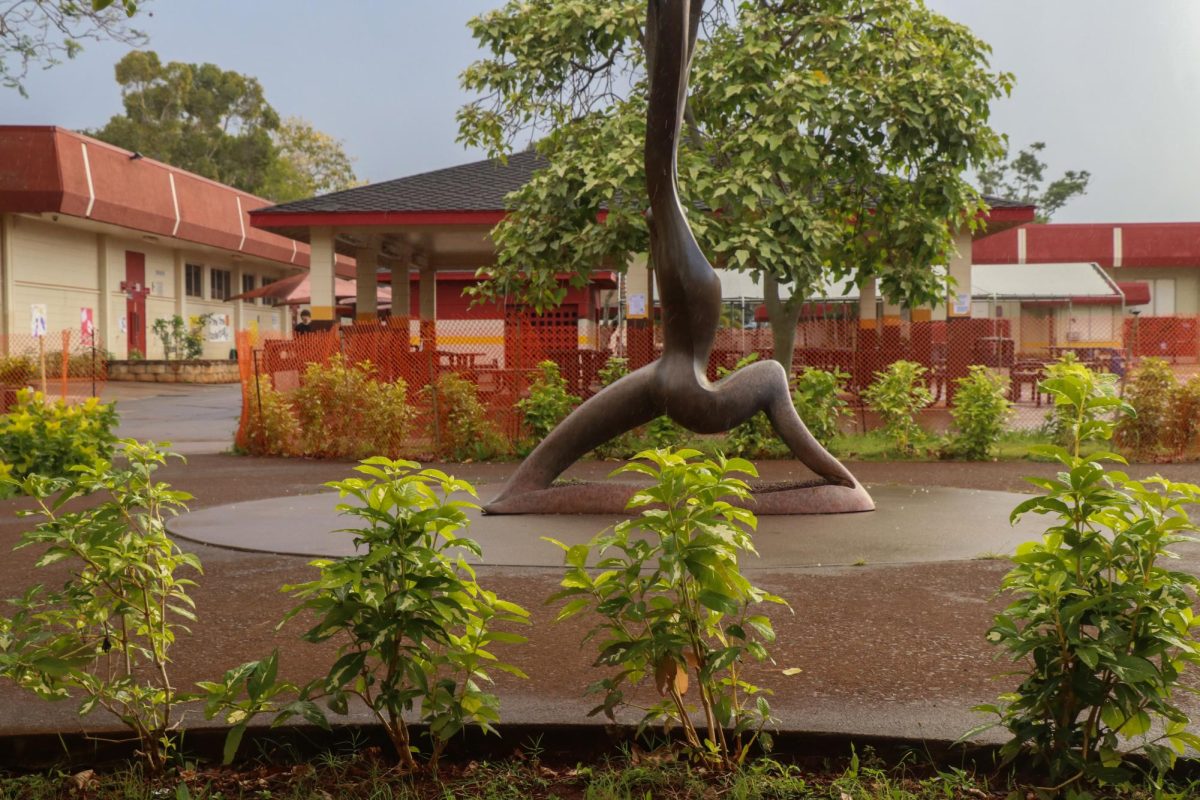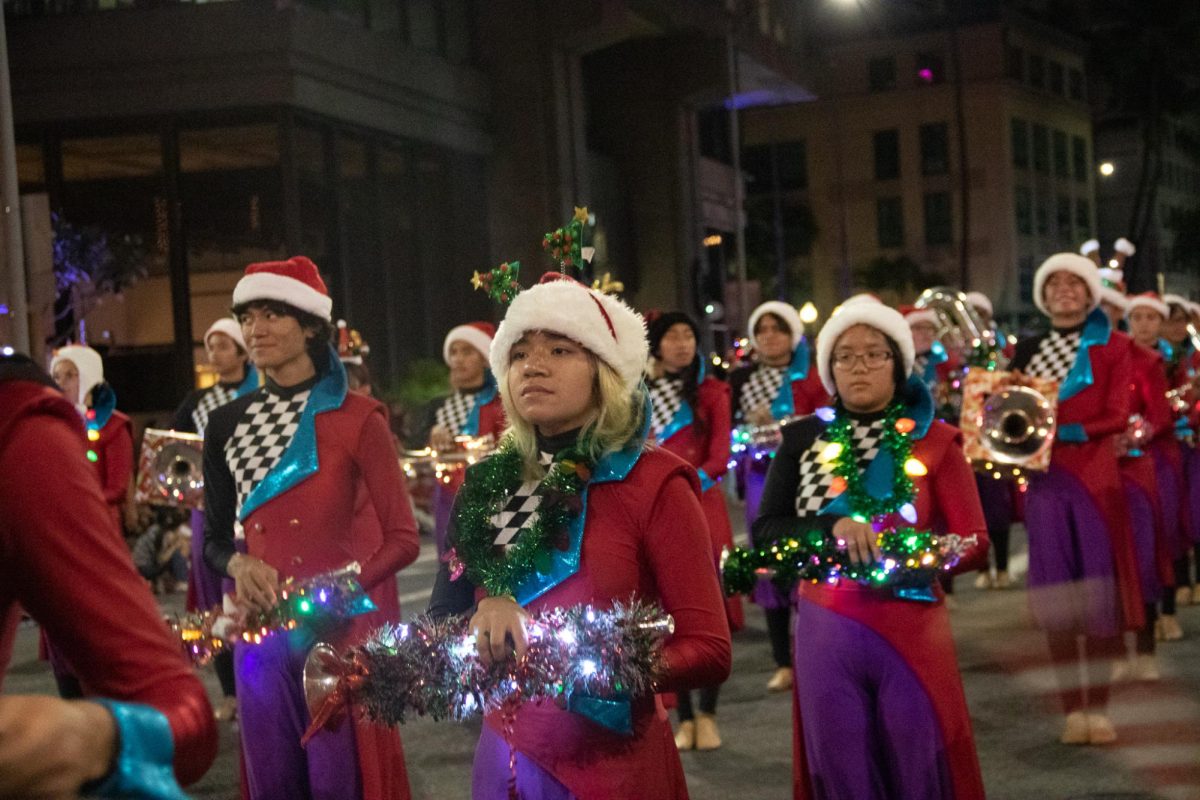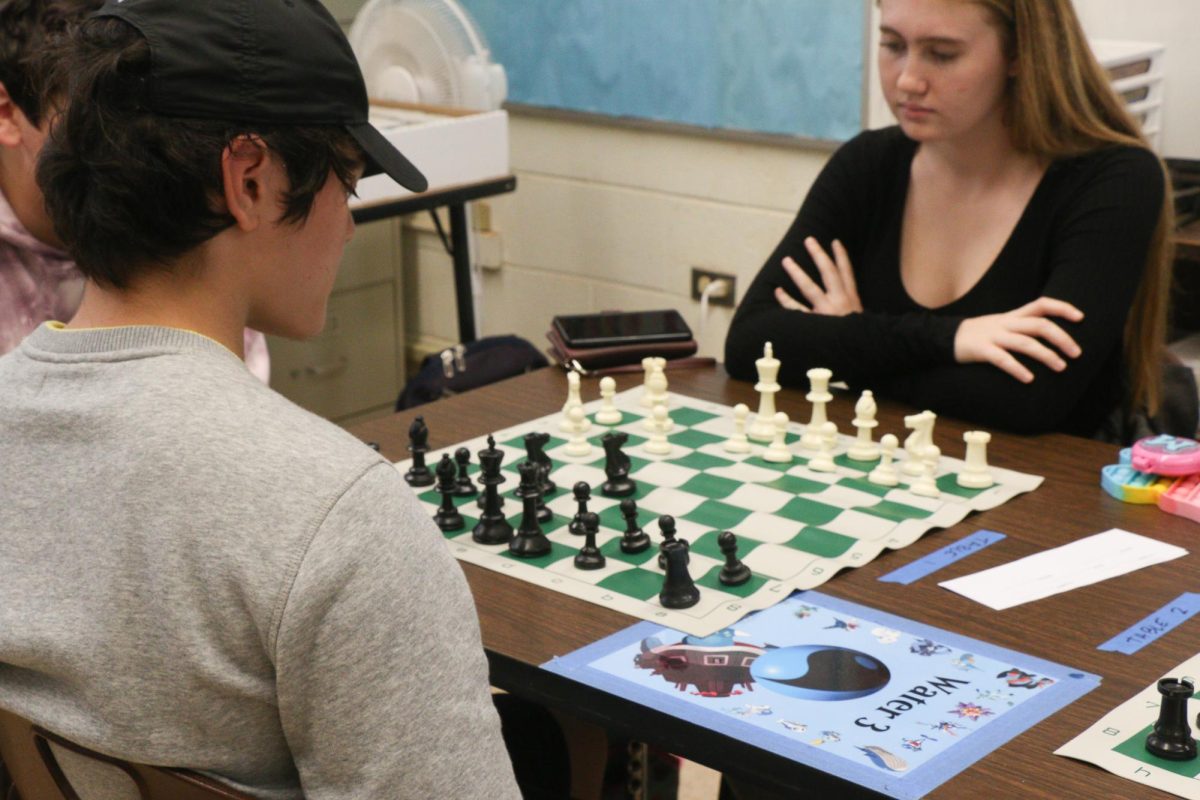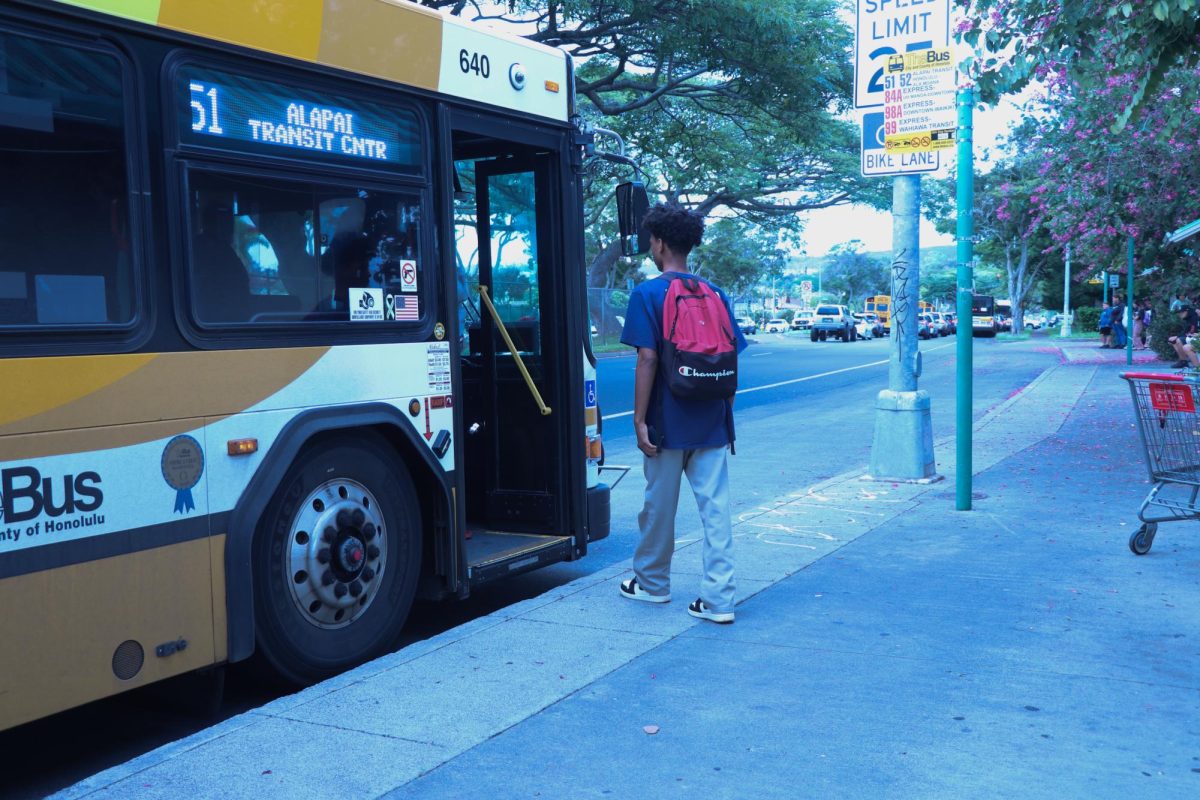By Risa Askerooth
[email protected]

In an effort to promote a greener future for Hawaii, MHS is taking part in its fourth year of the Adopt-A-Forest program (AAF), an initiative that focuses on the growing and planting of koa trees. After being visited and educated by MHS environmental science students, classes from Mililani Uka, Kipapa, Solomon and Hale Kula Elementary Schools will be responsible for growing the baby koa, which will then be planted at the Pahole Reserve in spring 2015.
“I think it was important to teach them about the koa trees because I don’t think a lot of them knew that it was a Hawaiian species and it only grew here. So we need to take care of those, especially because they’re not found anywhere else in the world,” said Senior Nicole Antos, who participated in a visit to Mililani Uka Elementary School on Nov. 21. “Teaching them when they’re young is just kind of opening their eyes.”
While at each of the four elementary schools, MHS students presented a slideshow about the importance of preserving endemic species such as koa. “We got to teach the kids how to plant koa trees and each kid planted their own tree. So it was really fun,” said Antos. “It’s an awesome program that connects bridges between the high school and elementary students of Mililani,” stated Kupu Natural Resources Outreach coordinator Maeghan Castillo, who works both with the Science Learning Center and Kupu, a nonprofit organization dedicated to educating Hawaii’s youth. After the koa have sprouted, MHS students will return a second time to transplant them to dibble tubes until they grow large enough to be moved to a greenhouse.
At the Pahole Reserve, about 60 environmental science and 72 biology students will be able to transfer the koa themselves into the ground. With three consecutive years of AAF, the amount of koa grown has burgeoned from 80 into 200 trees and about 500 have been planted in total. “I mean, we can just do some stupid forest worksheet or learn about forests in a book or we could just go to the forest and do something that really matters,” expressed Science Learning Center coordinator Sandy Webb. “I believe that kids have so much to offer in terms of helping and they’re learning and it’s fun.”
AAF is coordinated by the Department of Land and Natural Resources Division of Forestry and Wildlife. The program originated after Webb met conservationist David Anderson at a 2006 Hawaii Conservation Conference. Through three to four-hour meetings after work, Webb and Anderson came up with the idea to both educate and expose students to native Hawaiian forests. “What I love about David Anderson is he could have quit on the program like, ‘Oh, this didn’t work.’ But he has put his heart and soul into making this work,” said Webb.
In fact, the success of AAF caused its expansion last year to Waipahu, Radford, Campbell and Waialua high schools and the Mid-Pacific Institute, which now comprise a broader army of people struggling to preserve the environment. “It takes a community and I know how amazing you guys are and now other people are starting to say, ‘Yeah. High school kids are pretty amazing and elementary school kids can grow koa,’” stated Webb.
With the trip to Pahole in spring and Mililani elementary school visits still underway, AAF is at its strongest and will continue to impact education and ecosystems.

